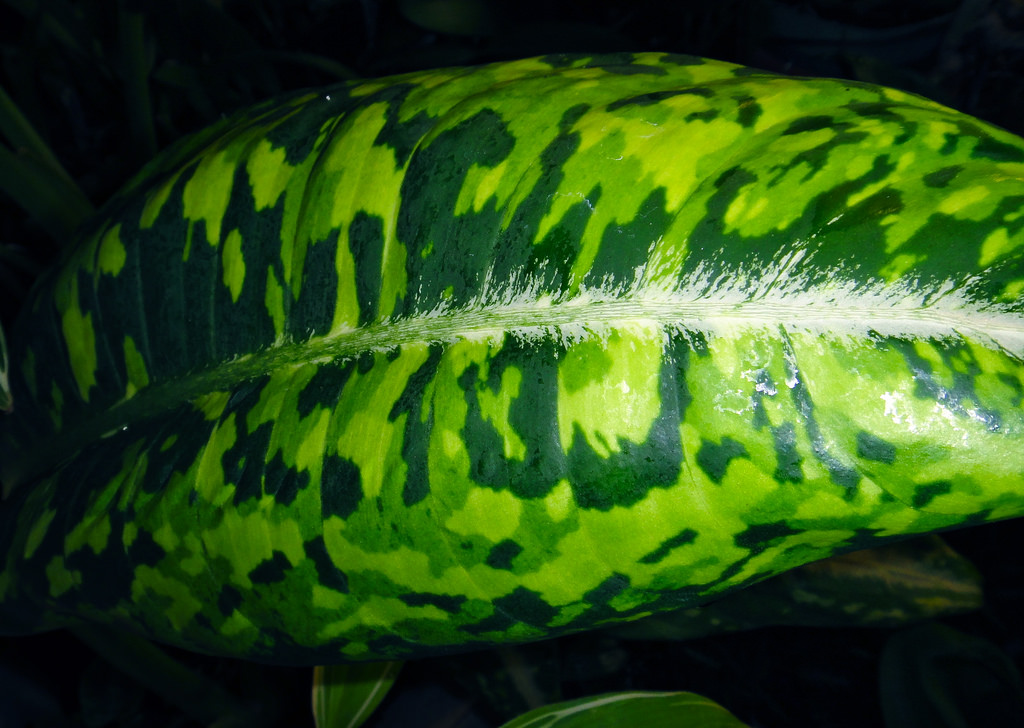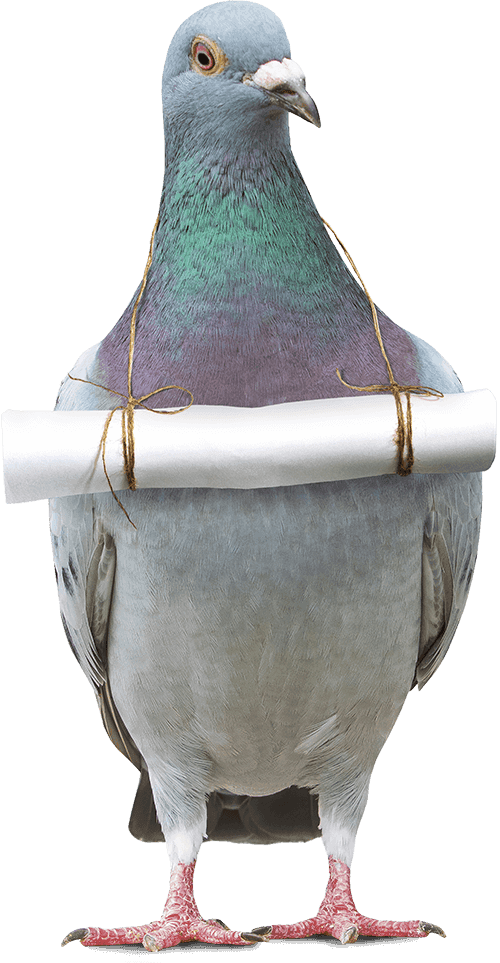Giant dumb cane
(Dieffenbachia imperialis)

Description
“Pet poisonous” – Toxic parts: entire plant Dieffenbachia Imperialis, also known as the Giant Dumb Cane, is a popular tropical houseplant that is native to South America. The plant is characterized by its large, showy leaves that are typically variegated in shades of green and white, making it a popular choice among indoor gardeners. In this article, we will explore the key characteristics, growing requirements, and care tips for Dieffenbachia Imperialis. Taxonomy and Etymology Dieffenbachia Imperialis belongs to the Araceae family, which is a group of flowering plants commonly known as the arum family. The genus Dieffenbachia was named after the German botanist Johann Dieffenbach, who was the first to describe the plant in the early 19th century. The specific epithet "Imperialis" means "imperial" in Latin, and refers to the plant's regal appearance. Physical Description Dieffenbachia Imperialis is a large, herbaceous perennial plant that can grow up to 6 feet tall indoors. Its leaves are large and glossy, with a distinctive oblong shape that tapers to a point at the tip. The leaves are typically variegated with shades of green and white, which can vary in intensity depending on the plant's lighting conditions. The stem of the plant is thick and succulent, and can also display a mottled appearance. Growing Requirements Dieffenbachia Imperialis is a tropical plant, which means it thrives in warm, humid conditions. It is typically grown indoors as a houseplant, as it cannot tolerate temperatures below 60°F. In terms of lighting, the plant prefers bright, indirect light, and can become sunburned if exposed to direct sunlight for too long. It can also thrive under artificial grow lights. The soil requirements for Dieffenbachia Imperialis are similar to those of other houseplants, with a preference for well-draining, slightly acidic soil. The plant should be watered regularly, with the soil kept moist but not waterlogged. Overwatering can lead to root rot, so it's important to allow the soil to dry out slightly between waterings. The plant should also be fertilized once a month during the growing season with a balanced, water-soluble fertilizer. Propagation Dieffenbachia Imperialis can be propagated through stem cuttings, which can be taken from the top of the plant or from a lateral shoot. The cutting should be allowed to dry out for a few days before being planted in a pot filled with a well-draining potting mix. The cutting should be watered sparingly until it has established roots, at which point it can be treated like a mature plant. Pests and Diseases Like many houseplants, Dieffenbachia Imperialis is susceptible to a variety of pests and diseases. Some common pests include spider mites, mealybugs, and scale insects, which can be treated with insecticidal soap or horticultural oil. The plant is also susceptible to fungal diseases such as leaf spot and stem rot, which can be prevented by ensuring proper drainage and avoiding overwatering. Conclusion Dieffenbachia Imperialis is a popular houseplant that is prized for its large, showy leaves and regal appearance. With the right growing conditions and care, this tropical plant can thrive indoors for many years, adding beauty and greenery to any home or office. Whether you're a seasoned indoor gardener or a beginner, Dieffenbachia Imperialis is a great choice for any plant collection. Image credit: Aaron Matsumoto
Taxonomic tree:







